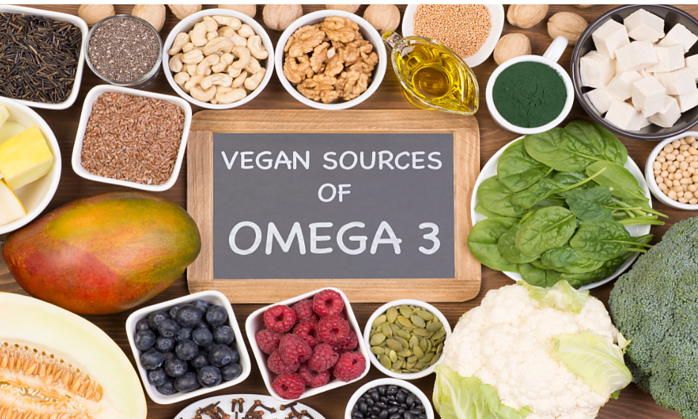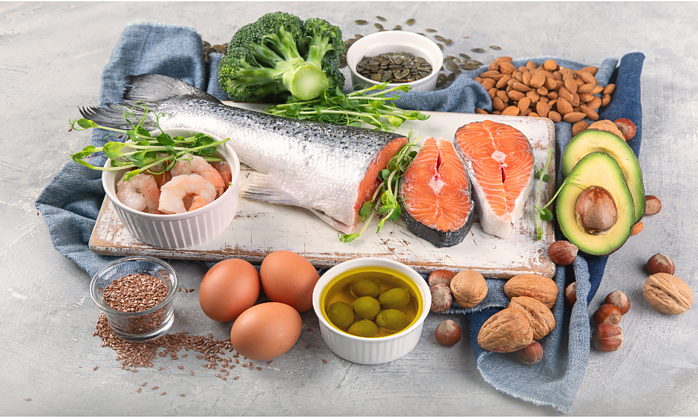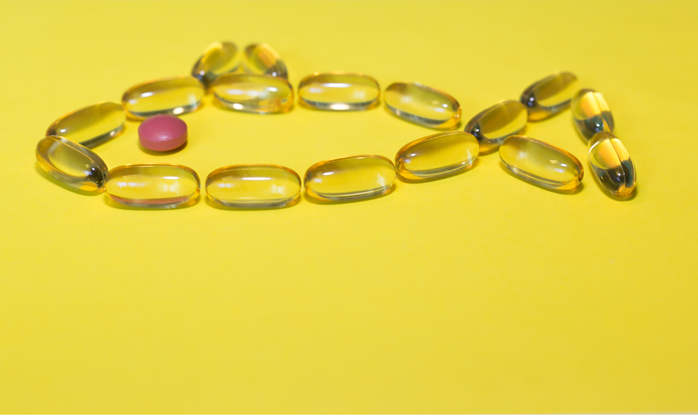I’m here to help you with understanding the key component of your diet that often doesn’t get the attention it deserves: omega-3 fatty acids. These slick nutrients are crucial for maintaining health, but what are they, and why should you care? You’re going to find out about the integral role these fats play in not just the functioning of your body, but also in protecting your heart, supporting your brain, and maintaining overall wellness.
Omega-3 fatty acids are a group of polyunsaturated fats that you must get through your diet, as the body cannot produce them on its own. There’s a lot of opportunity in these nutrients, as they are linked to a variety of health benefits, including reduced inflammation, improved mental health, and lower risk of chronic diseases. In fact, the impact of omega-3s on heart health has been so well documented that the American Heart Association recommends eating fish rich in omega-3s regularly.
The conversation around fats has been a complex one, but it’s important to understand that omega-3 fatty acids are one of the good guys – the kind of fats you don’t want to cut back on. In my opinion, taking the time to learn about these fats is a wise investment in your long-term health. This isn’t just about adding a supplement to your routine; it’s about informing your food choices and understanding the contributions these fats make to your body’s complex system.
As we navigate the nutrient-rich world of omega-3s, you’re going to delve into not just what these fatty acids are but also the multitude of ways they can bolster your health. Ready to explore further? Turn the page, and let’s sail into the science of omega-3s in the next section – ‘Navigating Nutrients: Understanding Omega-3 Fatty Acids.’
Navigating Nutrients: Understanding Omega-3 Fatty Acids
When it comes to discussing omega-3 fatty acids, you’re often faced with a bunch of scientific terms that might not mean much at first glance. To clear things up, omega-3s are a family of essential fats that you absolutely need to obtain from your diet because your body can’t make them on its own. They’re crucial for building cell membranes in the brain and also have anti-inflammatory and antioxidant properties that support heart health.
There are three main omega-3s to look out for: ALA (alpha-linolenic acid), found predominantly in plant oils, EPA (eicosapentaenoic acid), and DHA (docosahexaenoic acid), both largely found in marine oils. ALA is what you’d call a ‘parent’ fatty acid, which then gets converted into the more functional EPA and DHA. However, this conversion process isn’t very efficient in humans, so it’s important to consume EPA and DHA directly from food or supplements.
Your brain is particularly fond of these nutrients. DHA accounts for around 40% of the polyunsaturated fatty acids in your brain and 60% in the retina of your eyes, making it a vital nutrient for both cognitive function and vision. Meanwhile, EPA seems to wield its influence primarily on your mood and behavior. Studies have linked low levels of EPA and DHA with a higher risk of depression and other mood disorders.
Aside from brain health, omega-3s are real champs at protecting your heart. They help maintain the elasticity of blood vessels, lower blood pressure, and reduce triglyceride levels in the bloodstream, mitigating the risk of heart disease over time. This isn’t just about adding a supplement to your diet; it’s about creating a foundation for long-term health.
So, the big question is, how can you ensure you’re getting enough of these super fats in your daily meals? That’s going to include diving into some of the richest sources of omega-3s in the next section. You’re going to find out about everything from fatty fish to flaxseeds, and how each one can contribute to your omega-rich diet.
The Bounty of the Sea and Beyond: Discovering Top Omega-3 Sources
You might be asking, “Where exactly can I find omega-3 fatty acids?” It’s a great question, and guess what? There are plenty of answers. We often associate omega-3s with seafood, and for good reason. Cold-water fatty fish, such as salmon, mackerel, and sardines, are teeming with EPA and DHA, the types of omega-3s that your body can use immediately. They’re not just good for you; they’re a direct ticket to Omega-3 City.
But the ocean isn’t the only place to cast your net for these nutrients. If you’re vegan or allergic to seafood, you’re going to find out about excellent plant-based sources, like flaxseeds, chia seeds, and walnuts. These foods contain ALA, a precursor to EPA and DHA, meaning your body can convert it into the fatty acids it needs, albeit less efficiently.
Don’t forget about algae-based supplements, especially if fish isn’t your dish. They’re a direct source of DHA and EPA and are becoming increasingly popular as a sustainable and pure source of omega-3s. Supplements like fish oils and krill oils are also an option, though it’s important to consider the source and purity to make the best choice for your health.
When incorporating these foods into your diet, it’s all about balance. You don’t need to load up on fish every day to meet your needs. Choose something that resonates with you, whether it’s sprinkling chia seeds onto your morning oatmeal or enjoying a fish dinner a couple times a week. Now, knowing the best sources is one thing, but how much of these fatty acids do you actually need? Next up, I’m here to help you figure out just that.
Omega-3 Balance: Determining Your Daily Dose
Now, you’re probably wondering how much omega-3 you actually need to keep everything running smoothly. There’s no one-size-fits-all answer, since your daily requirement can vary based on your age, health status, and lifestyle. But I can give you a ballpark to aim for.
Generally, adults should aim for about 250-500 mg of EPA and DHA per day. That’s roughly the equivalent of two servings of fatty fish per week. If you’re not a fish fan, don’t worry too much about it. You can always adjust your approach down the road by exploring high-quality supplements or plant-based omega-3 sources like flaxseeds or walnuts.
If you’re managing specific health issues or pregnant, you may need more. It’s always smart to check in with a healthcare professional to nail down the numbers. They’re going to include personalized recommendations that factor in your individual needs.
Keep an eye on your intake, but you don’t have to obsess over every milligram. Strike a balance between being mindful and stressed about your diet, because after all, stress can counteract those good omega-3 vibes you’re going for.
Go ahead, enrich your diet with omega-3 fatty acids. Not only can you support your physical health, but you may also see benefits in your mood and cognitive function. Remember, your first attempt doesn’t need to be your last. So, keep exploring and adjusting until you find the omega-3 rhythm that resonates with you.
Hi, I take a Omega-3 fish supplement everyday. Omega-3 is super important for mental health too. In fact it is a big factor in helping with depression. But many other things as well. I also like to eat nuts and I find that they can be very good for Omega 3s as well. Especially walnuts but even just peanuts or are good for it. Have a good one.
Hi Jake you are right it is important to get our omega 3s for many health benefits.